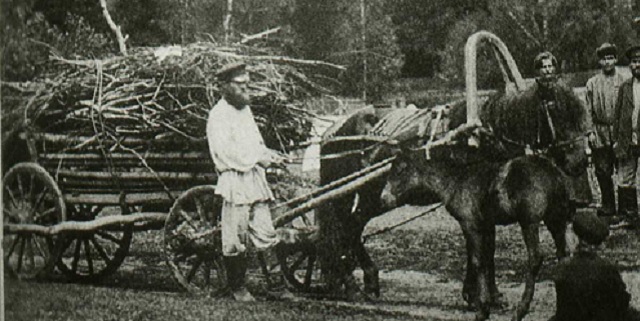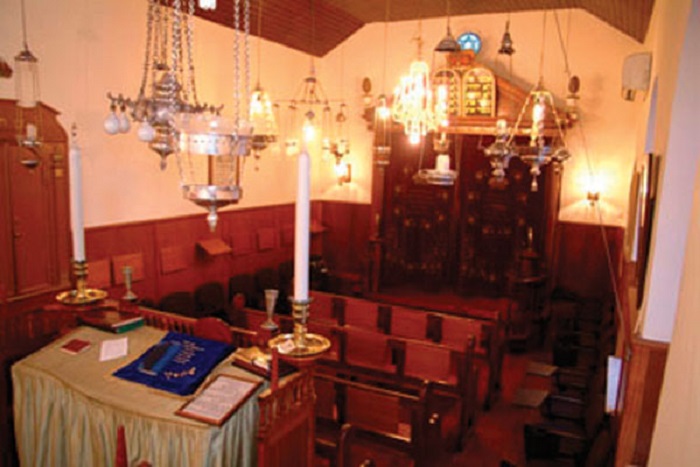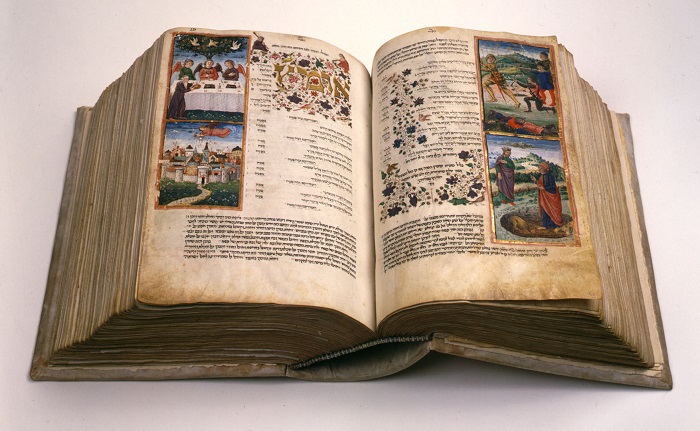ENGLISH CORNER, CON LINDA JIMÉNEZ – The Festival of Sukkot begins on the 15th of Tishrei, the fifth day after Yom Kippur, and lasts for seven days. It is quite a drastic transition, from one of the most solemn holidays in our year to one of the most joyous. Sukkot is so joyful that it is commonly referred to in Jewish prayer and literature as the Season of our Rejoicing. The Hebrew pronunciation of the holiday is “Sue COAT,” which means “booths”, but it is often pronounced Sukkos, as in Yiddish.
Sukkot is the last of the three pilgrimage festivals. Like Passover and Shavu’ot, Sukkot has a dual significance: historical and agricultural. Historically, Sukkot commemorates the forty-year period during which the children of Israel were wandering in the desert, living in temporary shelters. Agriculturally, Sukkot is a harvest festival.
The word “Sukkah” means “booth”, and refers to the temporary shelters that Jews are commanded to live in during this holiday, as our ancestors did during the period of wandering in the wilderness.
Another observance during Sukkot involves what are known as the Four Species or the lulav and etrog. We are commanded to take these four plants and use them to “rejoice before the Lord.” The four species are an etrog, citron in English, which is a citrus fruit similar to a lemon, that is native to Israel; a palm branch, lulav in Hebrew, two willow branches, and three myrtle branches. The six branches are bound together and referred to collectively as the lulav, because the palm branch is the largest part. The etrog is held separately. With these four species in hand, one recites a blessing and waves the species in all six directions (east, south, west, north, up and down), symbolizing the fact that God is everywhere.
This week, I’m going to read you a story for Sukkot by Abraham Reisin. He was born in Russia in 1876 and died in New York in 1953. Before settling in the United States in 1914, Reisin lived in several Russian and Polish cities, publishing countless poems and short stories in many Yiddish periodicals, and he was also the editor of several Jewish magazines. Reisin’s writing has a deep human quality. His poems have a special lyrical beauty and directness, and many of them became popular as folk songs. His stories are simple, depicting everyday events, both sad and humorous, and show a wonderful understanding of the men, women, and children, Jew and Gentile, about whom he wrote.
This story, “Too Late“, is taken from the book Yiddish Stories for Young People, compiled and edited by Itche Goldberg, and published in 1987 by Kinderbuch Publishers in New York.




